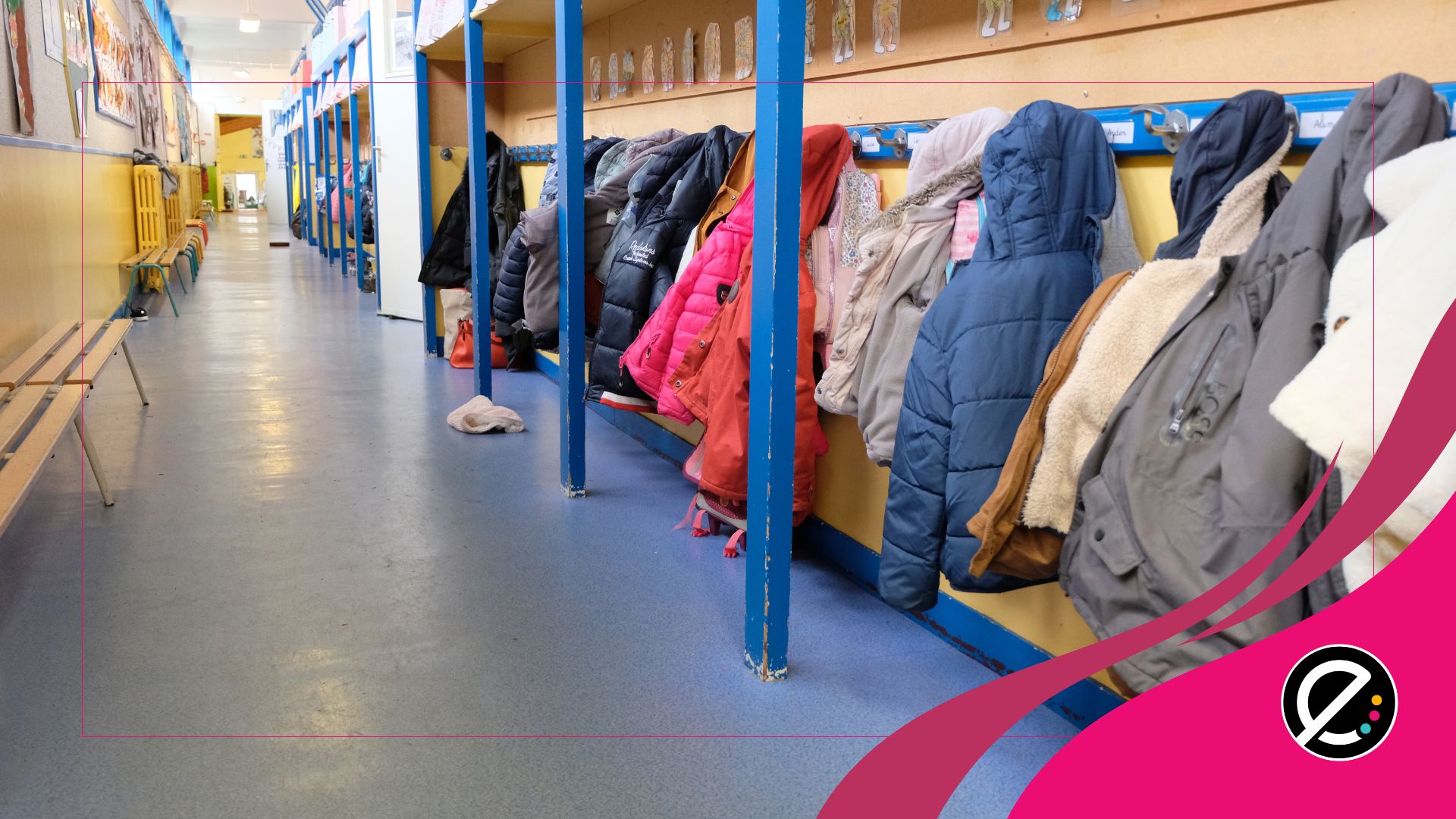
Qui n’a jamais eu à rédiger un plan avant la production d’un récit ? Cette pratique est bien ancrée dans les pratiques scolaires. Une équipe de chercheurs de l’Université Laval a voulu en savoir plus sur l’impact de l’usage du plan dans la rédaction de récits et questionne maintenant cette pratique.
« Dans un souci de soutien aux élèves du primaire, le milieu scolaire encourage, voire exige, l’élaboration d’un plan avant la production d’un récit, et ce, à partir d’un cadre figé, voire étapiste. Or, cet encadrement, visant plus spécifiquement les élèves en difficulté, pourrait entraver la prise de risques et affecter ainsi le développement des récits ». Tel était la prémisse de départ de Pauline Sirois, Émélie Morin, Anne-Sophie Gravel et Alice Vanlint de l’Université Laval.
Elles ont contribué à une étude longitudinale (FRQSC-MELS) qui a permis d’expérimenter un soutien développemental et différencié auprès d’enfants (8 ans au début de l’étude) concernant la structuration du récit. Le cheminement des élèves a été analysé à différents temps (début-fin 3e + fin 5e année) et dans deux contextes d’écriture (avec et sans structure de texte prédéfinie par un plan). Les résultats des élèves en difficulté ont aussi été comparés à ceux des autres élèves.
Donnons tout de suite la conclusion de l’étude longitudinale : « l’usage du plan conduit tous les élèves à rédiger des textes standardisés et il les limite dans leur créativité ». Alors que la rédaction de récit devrait mettre de l’avant la créativité et développer le plaisir d’écrire chez les enfants, le plan vient les « enfermer » dans une structure rigide.
Au terme de la collecte de résultats, les récits sans structure prédéfinie ont montré la capacité des élèves à structurer leurs récits (94% ont structuré adéquatement sans plan et 97% avec plan). Les textes des élèves qui écrivaient sans plan étaient même plus longs et plus littéraires que ceux élaborés avec une structure prédéfinie par un plan.
De plus, dans le contexte « avec plan », plusieurs des élèves en difficulté avaient tout simplement produit des textes que les chercheurs qualifient d’« artificiels ». En fait, ils ne faisaient que recopier leur plan en y ajoutant quelques phrases de plus.
Par ailleurs, malgré leurs textes plus longs, les élèves qui ont écrit sans plan avaient le même pourcentage de mots erronés que les autres. De même, en troisième année, 47% des élèves ont utilisé le passé simple naturellement pour écrire, et 56% en 5e année.
Modéliser autrement
Attention, malgré ces résultats, cela ne veut pas dire qu’il faut jeter à la poubelle la structure du texte et le plan de rédaction. Les chercheurs insistent sur le fait qu’il existe d’autres façons de modéliser la rédaction de récits que de faire suivre un plan aux élèves. Pauline Sirois est aussi d’avis que la majorité des enfants savent reconnaître naturellement la structure d’un récit. « Ils se font raconter des histoires depuis qu’ils sont tout petits. Ils sont aussi capables de faire des lectures complexes », dit-elle. La lecture représente d’ailleurs un puissant outil de modélisation, selon elle.
D’autres activités peuvent être réalisées en classe : travail de réflexion sur l’organisation d’un récit, discussion sur la mise en texte d’idées, moment d’écriture créative, etc.
« Oui, la mise à l’écrit n’est pas simple pour les enfants et nous devons les accompagner pour qu’ils puissent le faire avec succès. Cependant, peut-être que nous n’avons pas besoin de leur imposer notre vision. L’écriture de récits sans structure prédéfinie par un plan est certainement une voie d’intervention permettant d’exploiter la créativité et les capacités narratives des élèves », soutient Mme Sirois.
Pauline Sirois a présenté les résultats de cette recherche lors du plus récent colloque de l’ACFAS.






